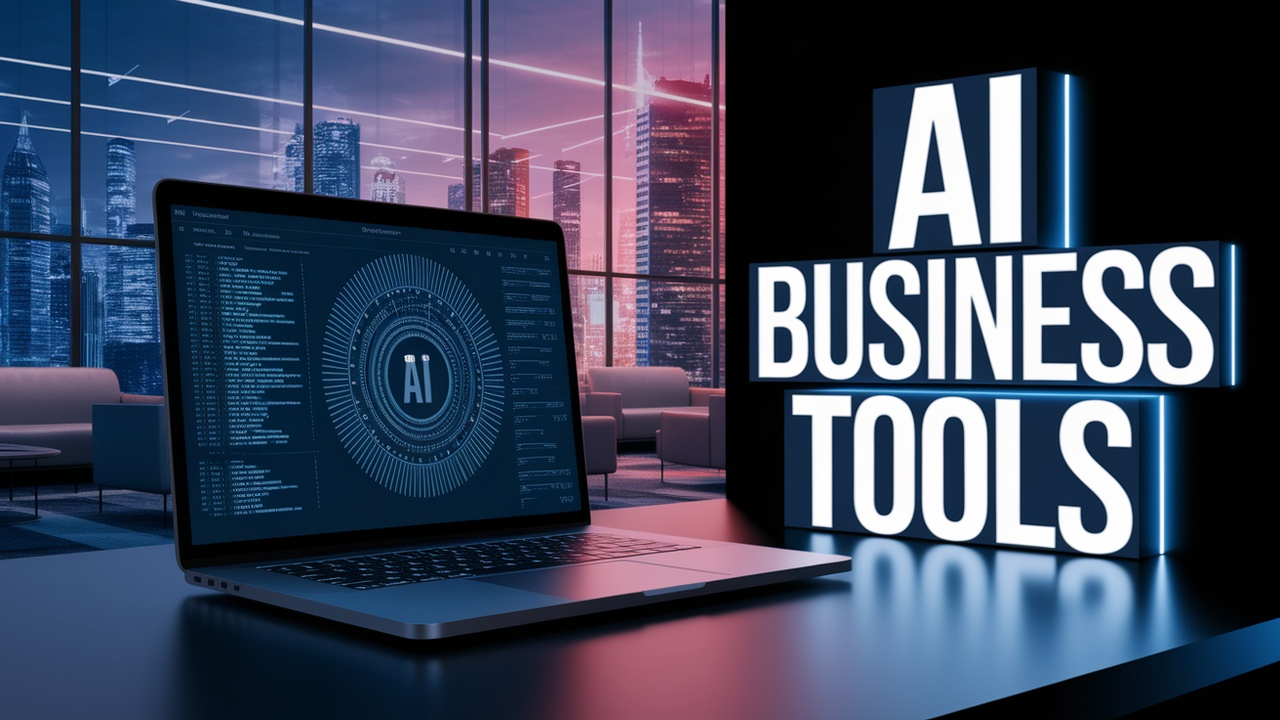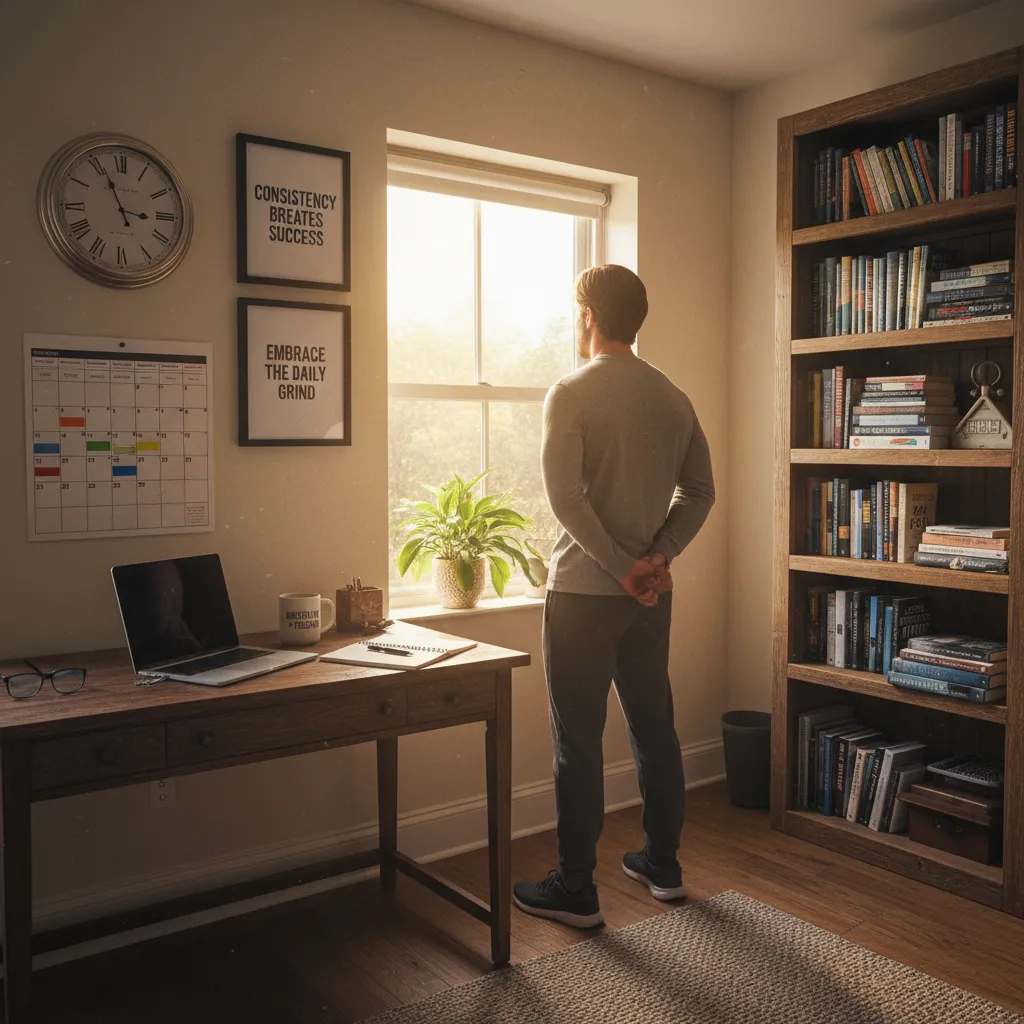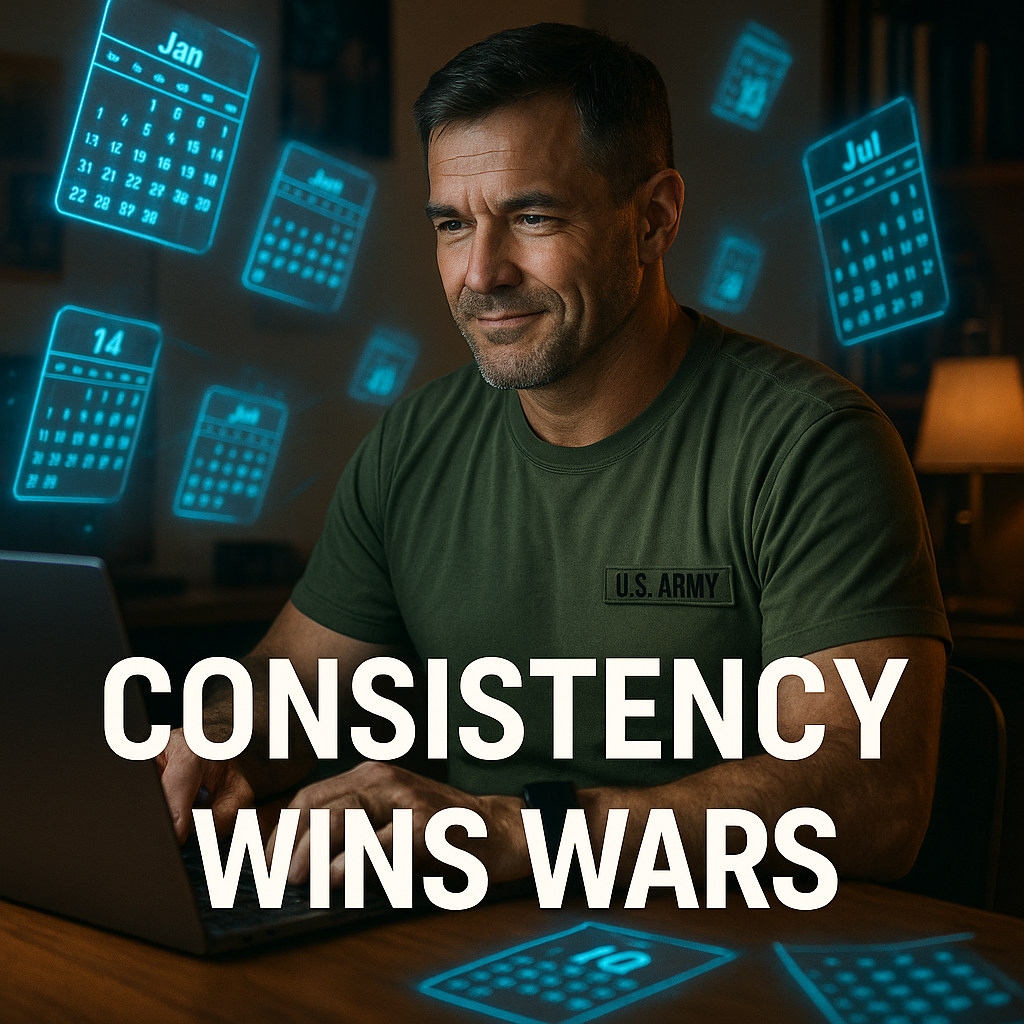Picture this: it's 1 a.m. and I’m hunched over my laptop, eyes glazed, dragging my cursor through another timeline, cutting ums and uhs from my latest video. I used to believe that being a YouTuber was all about free swag and millions of fans. Then reality hit—hard. But lately, there’s a new visitor in my editing suite: AI. Suddenly, the wild sci-fi idea of a channel that runs itself seems... almost possible. But is it paradise or Pandora’s box? Let’s get real about what happens when you give bots a seat at the creative table.
Late-Night Edits and YouTuber Burnout: The Untold Truth
Let's be honest about something. We all see the glamorous side of being a YouTuber—the millions of subscribers, the brand deals, the exciting collaborations. But here's what they don't show you in those highlight reels: me at 3:47 AM, surrounded by empty instant ramen containers, frantically color-correcting footage that absolutely had to go live that morning.
That was my first real taste of YouTube burnout, and trust me, it wasn't pretty.
The Real Content Creation Demands
The truth is, content creation demands are absolutely relentless. What we often don't see is the sheer amount of work that goes on behind the scenes. As one industry expert puts it:
"Being a successful YouTuber is a full-time job, often requiring long hours and a relentless dedication to creating engaging content."
And they're not kidding. From brainstorming video ideas and writing scripts to filming, editing, and promoting content—we wear about fifteen different hats. One minute I'm a videographer, the next I'm diving into analytics trying to decode why the algorithm suddenly hates me.
Research shows that daily time spent by creators often exceeds the standard 8-hour workday. But honestly? Those numbers feel conservative when you're in the thick of it.
Fighting the Algorithm and Chasing Trends
Here's where things get really messy. Maintaining authenticity becomes this constant battle when you're fighting the urge to keep up with every trending sound, challenge, or format shift. One week it's vertical videos, the next it's some dance I definitely can't pull off.
The pressure to continuously innovate and engage is... intense. Sometimes I catch myself second-guessing content that felt genuine just because it doesn't fit the current trend cycle. That internal conflict? It's exhausting.
The 4 AM Upload Reality
My breaking point came during that infamous all-nighter. I'd been editing for twelve straight hours, fueled by nothing but sodium and caffeine. The video was good—actually, it was some of my best work. But as I hit "publish" at 4 AM, something felt fundamentally wrong about the whole process.
That's when I realized burnout isn't just tiredness. It's when the thing you love starts feeling like a machine you're trapped inside.
Balancing Workflow and Sanity
The work life balance YouTubers struggle with is real, and it's largely invisible to viewers. Behind every polished 10-minute video are hours of footage, multiple revision rounds, thumbnail iterations, and the constant mental load of planning what comes next.
Studies indicate that burnout rates among YouTubers are notably high, which makes total sense when you consider we're essentially running one-person media companies. Some days I'm the CEO, editor, marketing team, and customer service department all rolled into one very tired person.
The beautiful irony? This realization is exactly what led me toward AI tools. Sometimes you need to hit rock bottom before you're open to a completely different approach.

Letting the Machines In: How AI Sneaks Into the Creative Process
Here's the thing nobody tells you about AI content creation—it doesn't announce itself with fanfare. One day you're manually brainstorming video ideas at 2 AM, and the next, you're feeding keywords into some algorithm that spits back content concepts faster than you can process them.
I remember the exact moment it clicked for me. I typed in a few basic keywords about my niche, and suddenly I was staring at a screen full of video ideas I never would have thought of. Magic? Maybe. Madness? Probably a little of that too.
As one industry expert puts it:
"AI powered tools are emerging as powerful allies for YouTubers, offering assistance with a wide range of tasks..."And they're not kidding. These tools have quietly infiltrated every corner of the creative process.
The Silent Takeover of AI YouTube Channel Operations
AI isn't just for tech bros anymore—it's embedded in your script generator, your thumbnail wizard, even your video cutter. The algorithms work behind the scenes, analyzing trending topics, popular search terms, and viewing habits of your target audience. They're basically digital stalkers, but the helpful kind.
When I first tried AI scriptwriting tools, I was skeptical. Could a machine really understand my voice, my humor, my completely random tangents? Turns out, it could structure my chaos better than I could. These tools suggest engaging hooks, generate entire drafts, and somehow make my scattered thoughts sound coherent.
The Data-Driven Creative Renaissance
What's fascinating is how AI analyzes trends and viewer data to serve up strategic inspiration. It's not just throwing random ideas at you—it's studying what works, when it works, and why it works. Automated video editing tools can now cut footage based on emotional peaks in your voice or identify the most engaging moments for highlights.
Research shows that AI streamlines repetitive and creative workflow for creators, saving countless hours of brainstorming and writing. But here's where it gets tricky.
The Flavor Dilemma
There's a real risk of letting algorithms dictate your channel's whole flavor. When everyone's using similar AI tools, pulling from the same data pools, you start seeing this weird convergence. Channels begin to feel... samey. The quirkiness that made you unique gets smoothed out by efficiency.
I've caught myself second-guessing my instincts because the AI suggested something different. That's when I realized—over-reliance on AI might dilute a channel's originality. The tools are brilliant for handling the heavy lifting, but they can't replicate the weird, wonderful randomness that makes human creativity special.
The trick isn't avoiding AI altogether. It's learning to dance with it without losing your own rhythm. Let the machines handle the grunt work, but keep your creative fingerprints all over the final product.
Avatars, Algorithms, and the VTuber Revolution
So here's where things get really weird. I'm scrolling through YouTube one day, and I stumble into this rabbit hole of virtual YouTubers—or VTubers, as the cool kids call them. These aren't your typical facecam streamers. We're talking about digital avatars that look like anime characters come to life, complete with bouncing hair physics and eyes that track your soul.Meet Kizuna AI: The Digital Darling That Started It All
"One notable example is Kizuna AI, a virtual YouTuber who rose to fame with her quirky personality and engaging vlogs."Kizuna AI basically broke the internet when she appeared in 2016. Picture this: a computer-generated avatar powered by motion capture technology and AI voice synthesis, creating content that feels surprisingly... human? The tech behind her is fascinating—we're talking about algorithms animating facial expressions, VTubers AI systems generating realistic speech patterns, and motion capture translating human movements into digital magic. But here's what really gets me: people absolutely adore her. Research shows that viewers connect emotionally with digital personas as much as with real creators. There's something oddly comforting about watching someone who's half-human, half-code chat about their day.
My Digital Avatar Disaster (Or: Why I Stick to Houseplants)
Naturally, I had to try this myself. I spent three hours attempting to puppeteer a basic digital avatar for a test video. The result? Imagine a broken marionette having an existential crisis. My avatar's mouth moved like it was chewing invisible gum while I discussed AI trends. At least when I talk to my houseplants, they don't glitch out mid-sentence. The experience taught me something crucial: there's an art to blending human creativity with AI automation. These virtual YouTubers make it look effortless, but behind every smooth avatar performance is a creator wrestling with motion capture suits and voice synthesis software.The Creator-Creation Identity Crisis
Here's where it gets philosophically messy. With VTubers, who's really the star? The human providing the personality, or the AI handling the animation and voice work? The rise of VTubers showcases AI-human hybrids as content creators, blurring traditional boundaries. While the avatars themselves are animated through sophisticated AI systems, the personalities and content are often driven by human creators working behind the scenes. It's like watching a digital ventriloquist act where the dummy might be smarter than the performer. The growing trend shows us that AI isn't just changing how we create content—it's redefining what a "creator" even means. When motion capture technology and AI voice synthesis can bring digital personas to life, we're entering uncharted territory where the line between human and artificial becomes beautifully blurred. And honestly? That's both thrilling and slightly terrifying. But mostly thrilling.
Cracks in the Code: When AI Can't Be You (And Maybe Shouldn't Even Try)
Here's the thing about bots—they can cut a video, but can they cut to the heart of a story? I learned this the hard way when I decided to test the limits of AI versus human creativity in my own content. Picture this: I fed my latest script into an AI voiceover generator, thinking I'd discovered the holy grail of efficiency. The result? More robo-awkward than radio gold. Sure, the pronunciation was technically perfect, but it sounded like Siri had gotten into my coffee stash. Zero personality, zero soul. My audience didn't just notice—they roasted me in the comments, and honestly, they weren't wrong.The Human Touch in Content Creation
Research shows that audiences value authenticity and emotion above all else, something AI simply can't replicate. As one expert puts it:"While AI can mimic certain aspects of human creativity, it still lacks the emotional depth, empathy, and nuanced understanding of human experience…"I felt this truth viscerally. When I tried automating my video editing, the AI nailed the technical cuts but completely missed the emotional beats. It couldn't sense when a pause would build tension or when speeding up would create comedy. Those subtle moments that make viewers lean forward? Gone.
The Sameness Problem
Here's what keeps me up at night: the risk of soulless, samey channels if everyone automates to the hilt. Studies indicate that too much AI can homogenize YouTube content, creating a landscape where every thumbnail looks identical and every hook sounds recycled. I see it happening already. Scroll through YouTube and notice how many videos use the same AI-generated thumbnail style, the same trending keywords, the same formulaic structures. It's like walking through a neighborhood where every house is painted beige.Me vs. My AI: A Smartphone Showdown
Wild card time—I actually had a debate with my AI assistant about this. Here's how it went: Me: "Can you write a joke about cats?" AI: "Why don't cats play poker? Because they're afraid of cheetahs!" Me: "That's... technically a joke." AI: "Did I miss something?" Me: "The timing, the delivery, the way my face scrunches when I tell bad jokes." That conversation crystallized everything. Content authenticity isn't just about the words—it's about the messy, imperfect humanity behind them. The way I stumble over words when I'm excited. How my voice cracks when I'm passionate about something. AI can optimize, but it can't improvise with the beautiful chaos of human experience. And maybe that's exactly where the magic lives.One Foot in the Future: Mixing AI Wizardry with Human Weirdness
Here's where things get interesting—and honestly, a little messy. I've found myself living in this weird limbo between old-school creativity and streamlining YouTube workflow with AI tools. It's like having one foot in a time machine and the other in my cluttered home office.
My current setup? Bots handle the boring bits. They timestamp my videos, suggest tags, even help with those mind-numbing SEO descriptions. Meanwhile, I bring the weird—the random tangents, the questionable jokes, the moments where I pause mid-sentence because my cat just knocked something over. This balance feels right, but it's constantly shifting.
Research shows that AI human partnership is becoming the sweet spot for creators. I'm starting to see what tomorrow's content makers might look like—part algorithm, part chaos. We'll have creators who can pump out polished content at lightning speed, but still preserve those gloriously imperfect human moments that make us want to subscribe.
Sometimes I wonder if the perfect video is half-algorithm, half-late-night ramble. You know those videos where everything's technically perfect but something feels... missing? That's what happens when we lean too heavy on the tech side. But flip it around—pure human chaos without any AI assistance—and you get my early videos. Charming in their own way, but let's be honest, a nightmare to produce.
The transcript timestamps from 6:34 to 6:41 really hit home for me:
"We're likely to see a future where AI and human creativity coexist and complement each other."That's exactly what I'm experiencing right now. It's not about choosing sides—it's about finding that sweet spot where efficiency meets authenticity.
What strikes me most is how the future of content creation isn't about replacement—it's about enhancement. AI continues to automate the tedious stuff and provides data-driven insights that would take me hours to figure out manually. But the human element? That ability to connect, inspire, and make people laugh at 2 AM? That's staying put.
My biggest takeaway from this whole experiment is simple: embrace the bot, but never ditch your quirks. The tools are getting scary good at mimicking human creativity, but they can't replicate that moment when you accidentally create comedy gold by mispronouncing a word three times in a row.
As I look ahead, I'm excited about what this partnership might bring. Maybe we'll see creators who can focus more on storytelling because the technical heavy lifting is handled elsewhere. Maybe we'll get content that's both polished and personal, efficient yet emotional.
The future feels less like humans versus machines and more like humans with machines. And honestly? That sounds pretty exciting to me.
TL;DR: Blending AI with authentic creativity can lighten the YouTube load but never fully replaces the irreplaceable: your human spark. Use bots as partners, not masters, and you might just create something magical.



